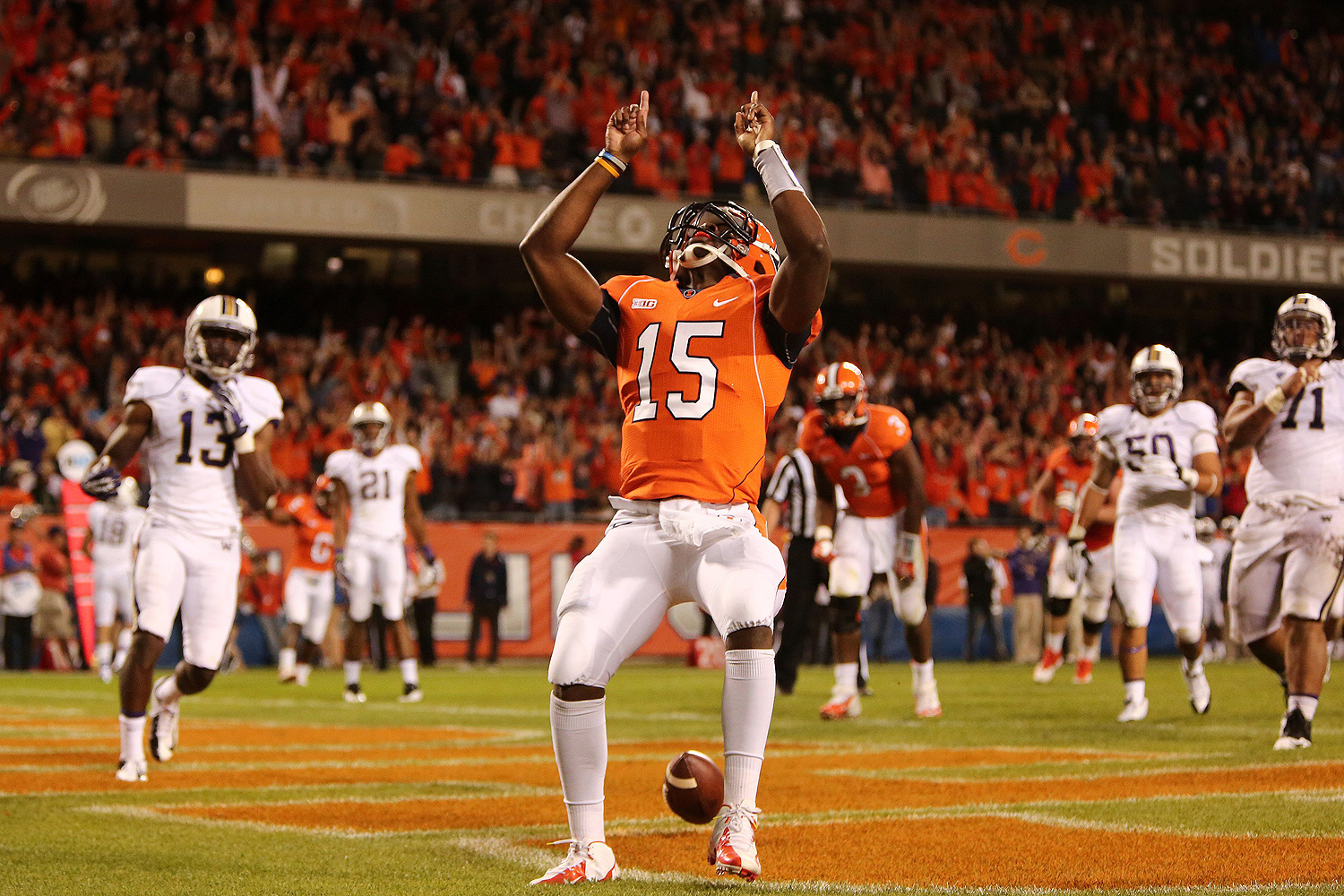The University of Chicago's Allen Sanderson is one of the best-regarded voices in the economics of sports; his work has driven the backlash against publicly funded stadiums (even if politicians aren't always listening). So when he describes what college athletics might look like if the athletes were paid, it's worth paying attention. Especially before tournament season starts:
the shifting focus on college campuses toward intercollegiate sports has also had implications for academics. For example, Clotfelter (2011) demonstrates that JSTOR [a massive database of academic journals] usage falls substantially in March at universities whose teams are participating in the annual NCAA basketball tournaments that are played that month.
What Sanderson and co-author John Siegfried find is an increasingly top-heavy industry dominated by big, profitable elite teams who are outgunning the vast majority of college programs. Those programs not in the top tier are paying out of the university's general budget to try and keep up. Less than a sixth of FBS schools have profitable athletic departments.
You can see the results on the bottom line: the average revenue of FBS athletic departments has increased from $28 million to $48 million since 2004, but the percentage that's subsidized by the university has increased from 19 percent to 32 percent. And it's not a matter of adding tons of new scholarship athletes–those have only increased from 577 to 611.
Why? It gets back to how college athletics is a really, really weird labor market. There's intense competition for a very small number of very elite athletes. But they're not paid, and the benefits they do get are controlled and closely monitored by the NCAA. So colleges pour money into everything else.
Those few ambitious and profitable athletic departments bid aggressively for high-profile coaches and steadily improve their physical facilities to attract recruits. Small differences in expenditures can lead to large differences in success in recruiting and, subsequently, on the field. Unprofitable programs have little choice but to ratchet up their spending, or they may fall even farther behind in the competition for quality players, with potentially devastating effects on their sports revenues. In this way, the net profits of the few profitable teams steadily drive up nonplayer costs for all competitive teams, requiring universities with already unprofitable intercollegiate athletics programs to increase their subsidies.
This is how you get from football coaches like Woody Hayes and Bo Schembechler making the equivalent of what associate or full professors make today, to Jim Harbaugh potentially making the equivalent of 70 professors' salaries.
The spiraling cost of college coaches' contracts has put pressure on the NCAA's treatment of student-athletes. But Sanderson and Siegfried make an interesting case: if universities have to pay players, that moves the market competition away from coaches and facilities, likely reducing coaches' hold on the market. Consider baseball, where a sought-after manager commands the salary of a good middle reliever. It's possible that a good football coach could cost more, because of the value of recruiting—one reason great baseball managers make what midrange players do is that they (theoretically) are worth the same number of wins. Either way, it would offer a rare chance to see a huge, controlled market change in front of our eyes.
One thing that could happen: a lot of programs could vanish.
We think the primary reason for the plethora of big-time university sports teams is the binding ceiling on wages paid to players. With such a distortion in factor prices, an inefficiently large number of teams can survive. It is likely that paying players would move the market for college athletics to an equilibrium of fewer teams, probably closer to the number of teams that would exist in the corresponding premier professional leagues if those leagues did not restrict entry so as to increase the value of their franchises. If the current number of high-level basketball programs were to drop from around 350 to about 100, or in football a reduction to approximately 65 programs instead of the current 126 in FBS competition (65 is the number of teams in the five “power” conferences, plus Notre Dame), then either some of those who would have been scholarship football and men’s basketball players would become unemployed or work as volunteers—that is, as “walk-ons.”
And maybe that's the ultimate barrier to paying student-athletes. Take a historically suboptimal major college athletics program—like, say, Illini football. Or Northwestern basketball. If throwing the gates open to paid college athletes would put middling yet beloved teams out of business, or relegated to the equivalent of NCAA Division II or III, there would likely be a fuss from alumni, students, and fans, and a lot of very big stadiums to fill, a prospect as daunting as any law or labor board.




